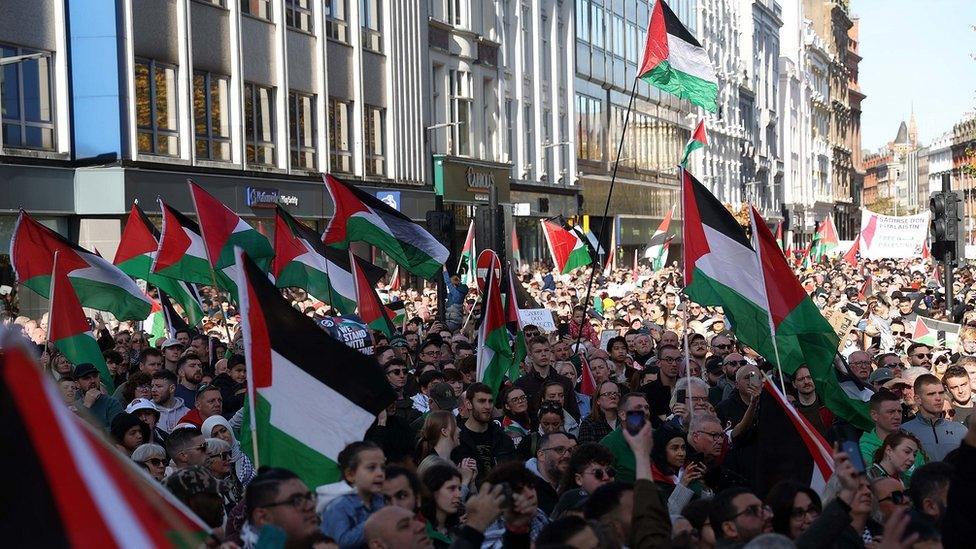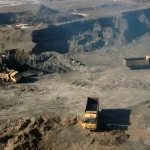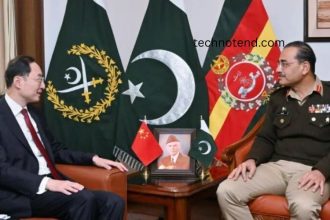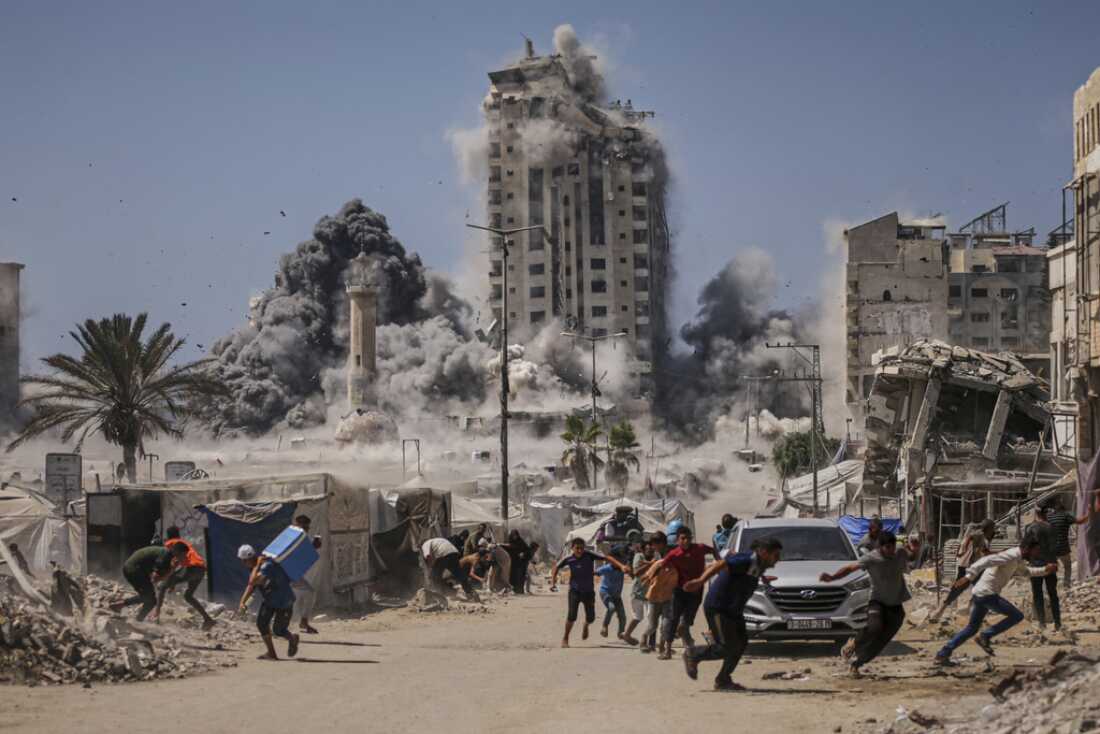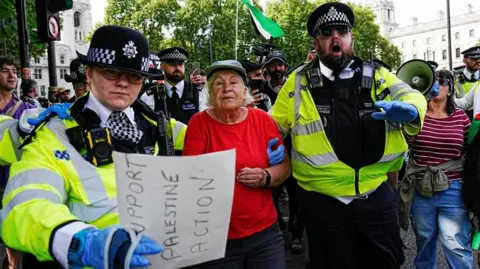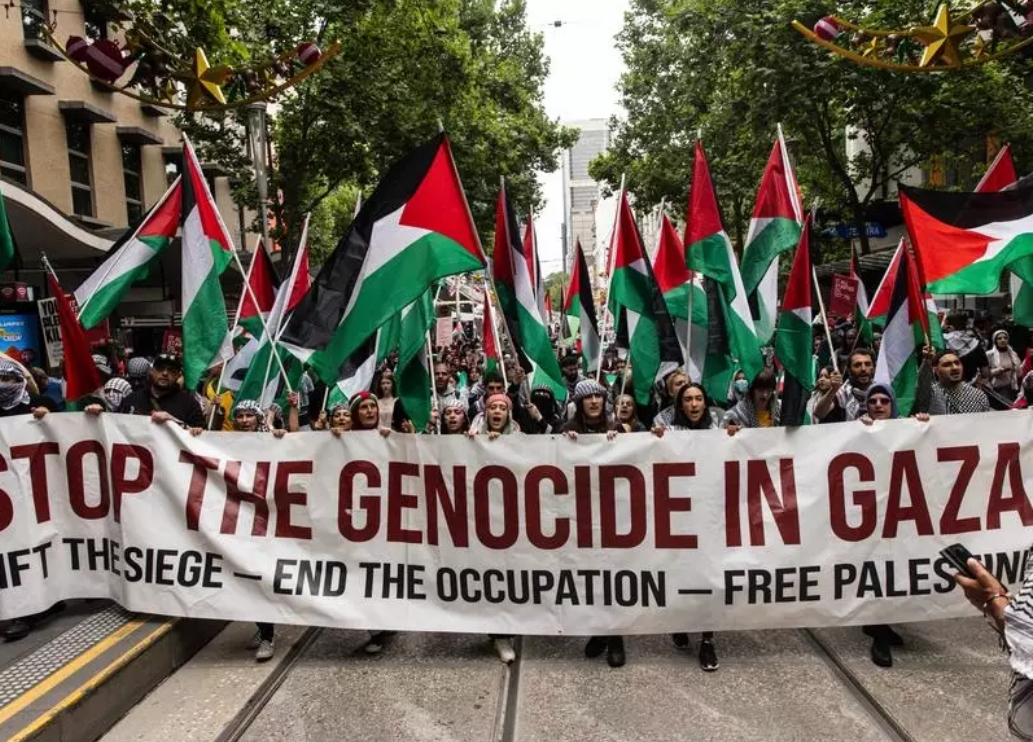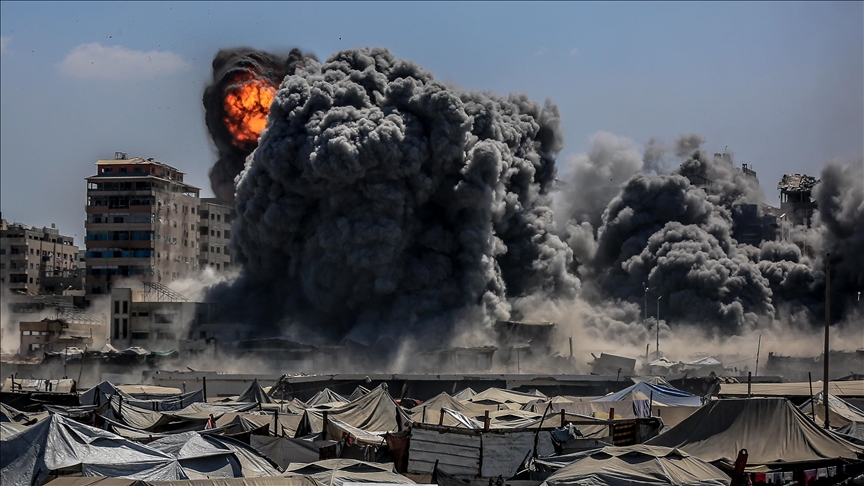On September 6, 2025, the streets of Belfast became a stage for solidarity as thousands gathered to support Palestinians. The demonstration, organized by the Belfast Palestine Solidarity Campaign (IPSC) and allied activist groups, highlighted the city’s deep commitment to human rights and global justice.
- The Heart of the Protest: Belfast City Centre
- Highlighting Corporate Complicity
- Stories from the Ground: Personal Testimonies
- Global Solidarity and Political Implications
- Art and Cultural Expression in Advocacy
- Media Coverage and Public Perception
- Frequently Asked Questions
- What prompted the Belfast protest supporting Palestinians?
- Which organizations coordinated the Belfast demonstration?
- What were the primary objectives of the protest?
- How did the protest impact the local community in Belfast?
- What role did art play during the Belfast protest?
- Conclusion
Beyond a simple march, the protest reflected the emotional weight of a conflict that has affected millions, emphasizing an international demand for accountability and peace in Gaza. Participants carried flags, chanted slogans, and shared personal testimonies, transforming the city center into a powerful expression of concern and compassion. Similar demonstrations were seen across Europe, reflecting a growing global movement advocating for Palestinian rights and drawing attention to the humanitarian crisis.
The Heart of the Protest: Belfast City Centre
The march began at Writers’ Square, a location historically significant for public demonstrations, signaling the start of an organized and impactful show of solidarity. From there, participants made their way through Belfast’s city center, waving Palestinian flags and banners while chanting slogans demanding justice and peace.
The atmosphere was electric, filled with unity and urgency, as crowds of families, students, activists, and local residents came together. As the march reached City Hall, speeches from community leaders, local activists, and individuals with personal ties to Gaza captured the crowd’s attention, calling for an immediate ceasefire, the lifting of the blockade, and recognition of Palestinian rights. The organized nature of the march and the emotional speeches emphasized the seriousness and dedication of the participants to peaceful advocacy.
Highlighting Corporate Complicity
A prominent aspect of the protest was the focus on multinational corporations perceived to be complicit in Israeli operations. Protesters gathered outside establishments like Starbucks, Barclays, Axa, and Leonardo Hotels, holding banners and chanting for corporate accountability.
Activists argued that companies with business ties to Israel indirectly supported ongoing violence in Gaza, highlighting the intersection of commerce and human rights. This component of the demonstration echoed a global trend of ethical consumer activism, urging the public to consider how their spending choices can influence social and political issues. By targeting corporations, protesters drew attention to economic complicity and encouraged ethical responsibility on both local and international levels.
Stories from the Ground: Personal Testimonies
The protest gained emotional weight through the personal stories of participants. Fatima Al-Hassan, a Belfast resident originally from Gaza, spoke about the emotional toll of losing family members in the conflict. “Every day, I fear for my family’s safety,” she said. “This protest is not just for me—it’s for all the innocent lives affected.”
Similarly, Ahmed Mansoor, a local university student, expressed his commitment to justice: “We cannot stay silent while others suffer. Our presence here is a call for dignity, peace, and recognition of Palestinian rights.” These testimonies transformed the demonstration from a political event into a profoundly human experience, allowing attendees and onlookers to connect emotionally with the realities of the conflict.
Global Solidarity and Political Implications
The Belfast protest was part of a broader wave of demonstrations across Europe, including Dublin, London, and Paris, where citizens voiced support for Palestinian rights. These protests reflect growing international concern and a willingness of global communities to demand accountability from governments and institutions involved in the conflict.
Politically, such demonstrations amplify calls for sanctions, diplomatic intervention, and an end to arms sales to Israel, exerting pressure on decision-makers to reconsider policies. Belfast’s protest thus served as both a local and international statement, demonstrating the power of collective civic action in shaping discourse around human rights and humanitarian intervention.
Art and Cultural Expression in Advocacy
Art played a key role in Belfast’s demonstration. Murals and creative installations along the International Wall depicted Palestinian struggles, resilience, and hope for peace. Local and international artists collaborated to create these visual expressions, turning the city into a canvas for solidarity and resistance. Art allowed messages of justice and advocacy to reach beyond words, engaging the broader community, including those who could not participate in the march itself. By integrating culture and activism, the protest used creative storytelling to strengthen the emotional and intellectual impact of the demonstration.
Media Coverage and Public Perception
Media coverage of the protest varied, highlighting both the large turnout and peaceful nature, as well as minor confrontations with counter-demonstrators carrying Israeli flags near City Hall. Outlets such as The Independent emphasized the size of the protest and its message of solidarity, while other reports noted moments of tension.
The media’s role in shaping public perception is crucial, providing visibility for activists’ demands and contextualizing the demonstration within the larger global conversation about human rights and justice. Balanced reporting helps audiences understand both the peaceful intent of protesters and the contentious nature of the issues being addressed.
Frequently Asked Questions
What prompted the Belfast protest supporting Palestinians?
The protest was organized in response to the ongoing humanitarian crisis in Gaza, including civilian casualties, restrictions on essential resources, and calls for international attention to the conflict.
Which organizations coordinated the Belfast demonstration?
The Belfast Palestine Solidarity Campaign (IPSC) played a central role, alongside other activist groups advocating for human rights and justice for Palestinians.
What were the primary objectives of the protest?
Protesters demanded an immediate ceasefire, lifting of the Gaza blockade, protection of human rights, and accountability for multinational corporations associated with Israeli operations.
How did the protest impact the local community in Belfast?
The demonstration increased awareness of the Palestinian cause, encouraged community dialogue on human rights, and inspired local engagement with global advocacy movements.
What role did art play during the Belfast protest?
Murals and creative installations along the International Wall provided visual representations of solidarity, resilience, and hope, enhancing the protest’s overall message and community engagement.
Conclusion
The Belfast protest of September 6, 2025, was a striking example of global solidarity and civic engagement. Through organized marches, corporate accountability campaigns, personal testimonies, and impactful artwork, thousands demonstrated unwavering support for Palestinians.
The event highlighted the interconnectedness of local action and international advocacy, showing that communities can play a crucial role in amplifying human rights issues worldwide. In a time of ongoing conflict, the protest reminded the public that collective voices united in purpose can demand justice, peace, and dignity for those most affected, making Belfast a focal point of compassion and international solidarity.

